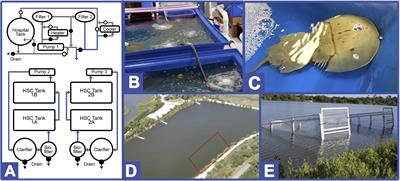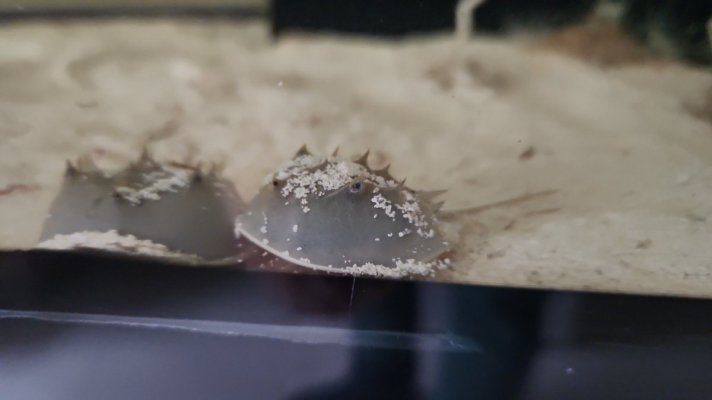Hey everyone!
I just purchased a few juvenile Limulus that I would like to raise.
The tank is setup with minimal scape and a large area of fine sand. Temp is at 21°C.
My question is about feeding these guys. They are always completely burried in the sand. So how do I feed them?
I tried placing mussel meat or shrimp pellets on top of the sandbed to no avail. I think digging them out stresses them so they will not conume any food.
At the moment, I have a healthy population of worms in the sandbed so I am not too worried but I would like to plan in advance.
Any tips are welcome!
Greetings,
Flo
I just purchased a few juvenile Limulus that I would like to raise.
The tank is setup with minimal scape and a large area of fine sand. Temp is at 21°C.
My question is about feeding these guys. They are always completely burried in the sand. So how do I feed them?
I tried placing mussel meat or shrimp pellets on top of the sandbed to no avail. I think digging them out stresses them so they will not conume any food.
At the moment, I have a healthy population of worms in the sandbed so I am not too worried but I would like to plan in advance.
Any tips are welcome!
Greetings,
Flo
















